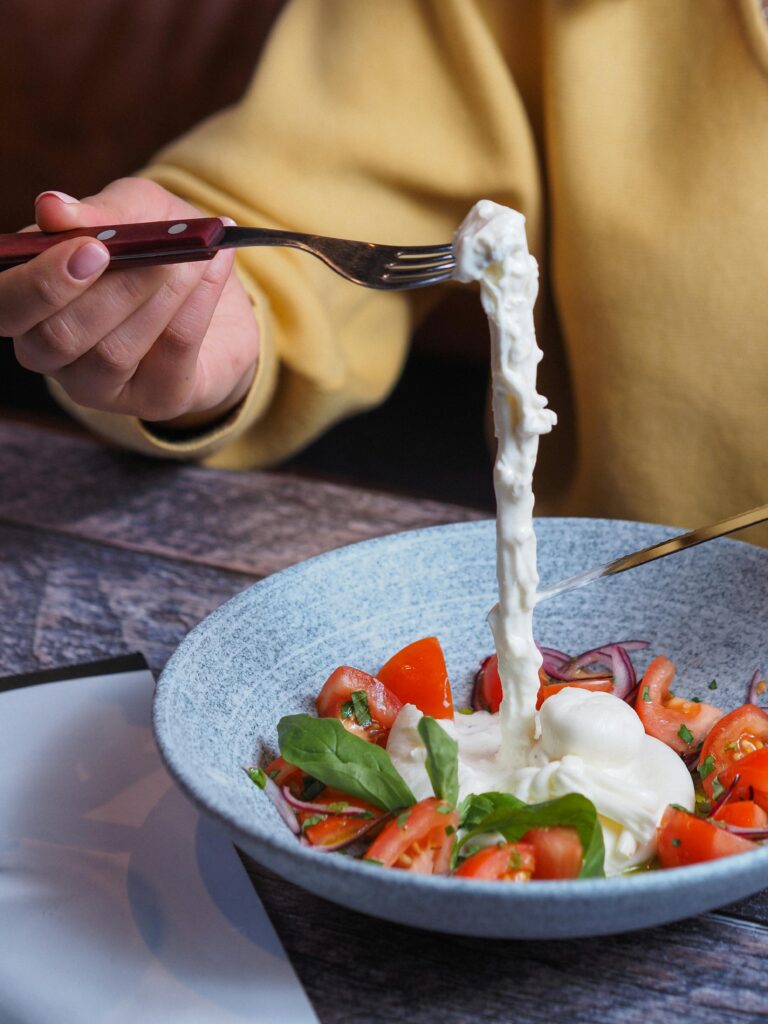- Whole Grains: Oatmeal, whole-grain toast, or quinoa.
- Protein: Eggs, Greek yogurt, or a plant-based option like tofu.
- Fruits & Vegetables: Add fresh fruits like berries, bananas, or spinach to smoothies.
- Healthy Fats: Include nuts, seeds, or avocado.

2. Plan Balanced Meals
Each meal should ideally contain:
- Protein: Lean meats, fish, beans, lentils, or tofu.
- Vegetables: Aim for a variety of colors to get diverse nutrients.
- Whole Grains: Brown rice, whole wheat, quinoa, or bulgur.
- Healthy Fats: Olive oil, avocado, nuts, or seeds.

3. Snack Smart
- Opt for nuts, seeds, or fresh fruits.
- Try veggie sticks with hummus.
- Greek yogurt or a small handful of trail mix can be satisfying.
4. Hydrate Wisely
- Drink plenty of water throughout the day.
- Herbal teas or water infused with lemon, cucumber, or mint can add flavor.
- Limit sugary drinks and alcohol.
5. Dinner: Keep It Light
- Focus on lean proteins and a variety of vegetables.
- Include whole grains or legumes for fiber.
- Avoid heavy, greasy foods close to bedtime.
6. Be Consistent with Portions
- Use smaller plates to control portions.
- Avoid eating out of bags or containers.
7. Prep Meals Ahead
- Plan your meals for the week to avoid unhealthy choices.
- Cook in batches to save time and ensure nutritious options are ready.
8. Avoid Processed Foods
- Minimize consumption of sugary snacks, sodas, and packaged meals.
- Opt for natural, whole foods whenever possible.
Sample Daily Routine
- Breakfast: Whole-grain toast, avocado, and scrambled eggs with spinach.
- Snack: Apple slices with almond butter.
- Lunch: Grilled chicken salad with mixed greens, cherry tomatoes, and olive oil dressing.
- Snack: Greek yogurt with a handful of nuts.
- Dinner: Baked salmon, quinoa, and steamed broccoli.
- Hydration: Drink water consistently.